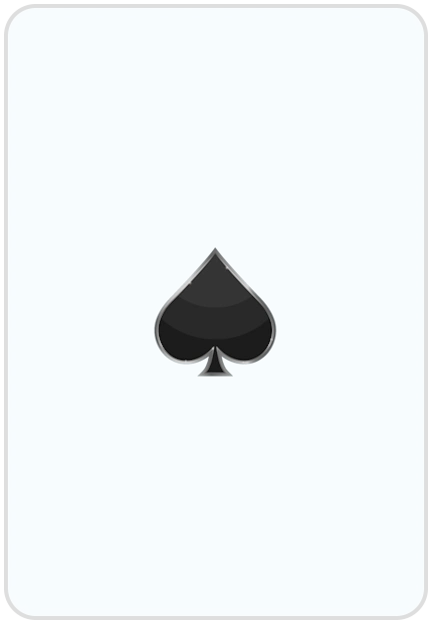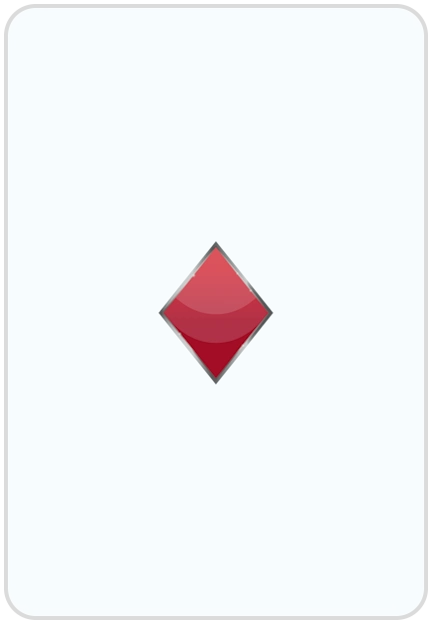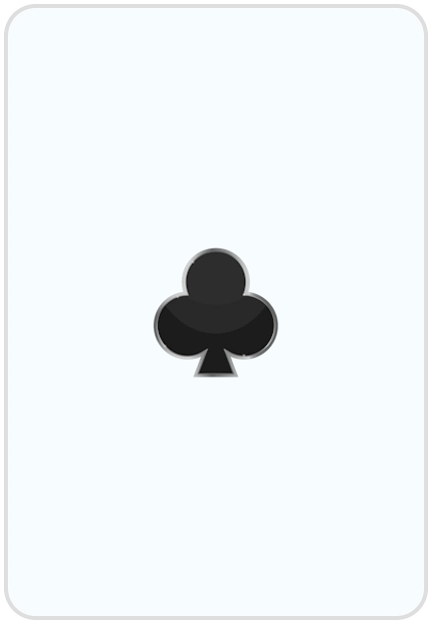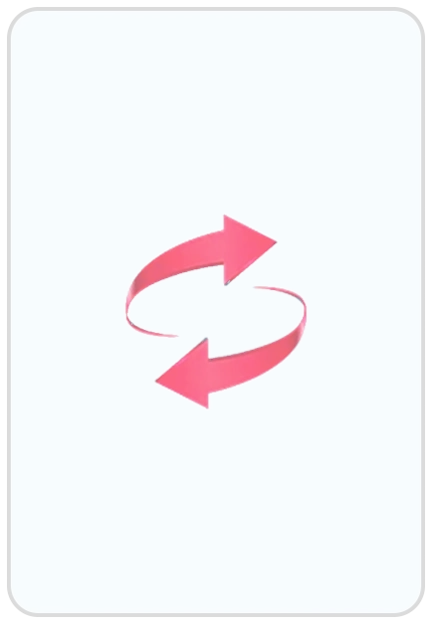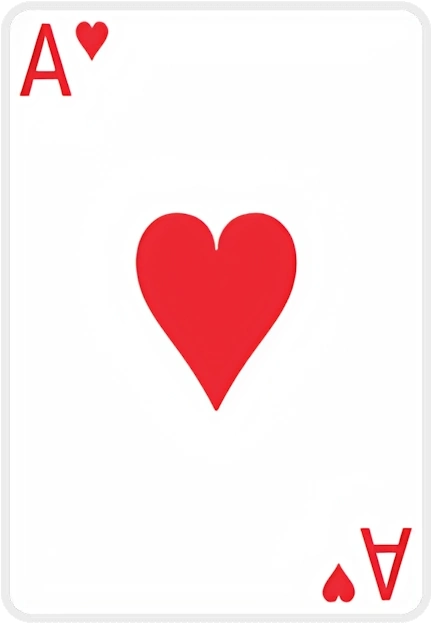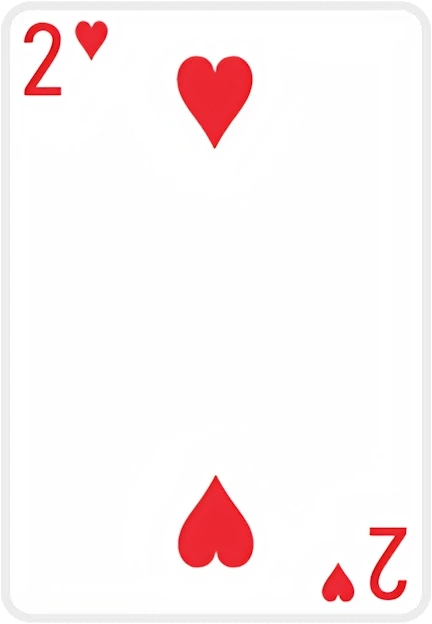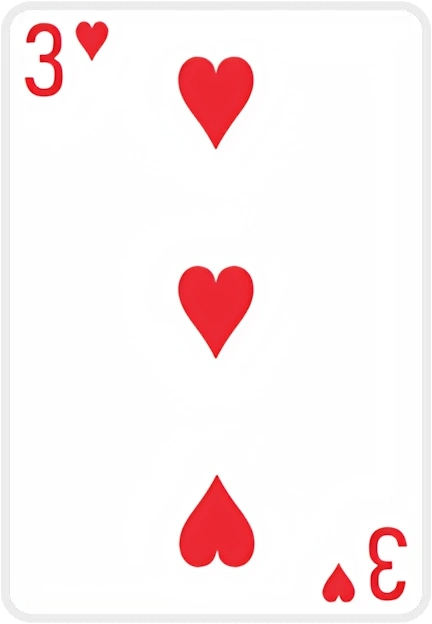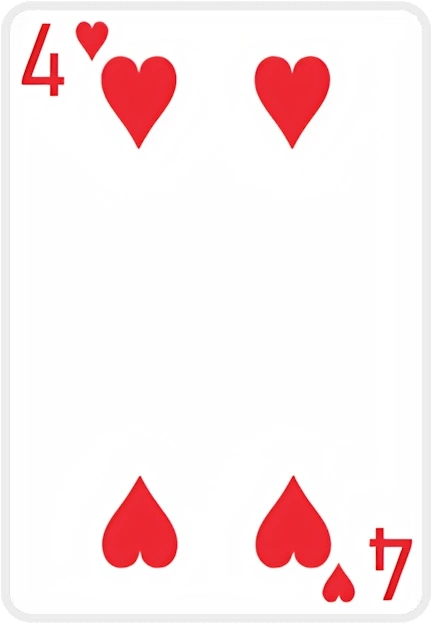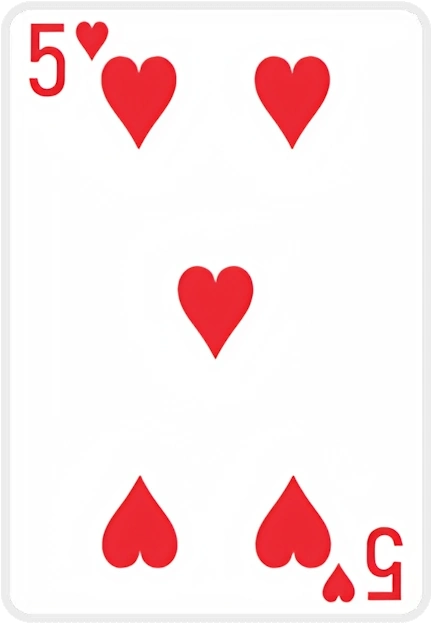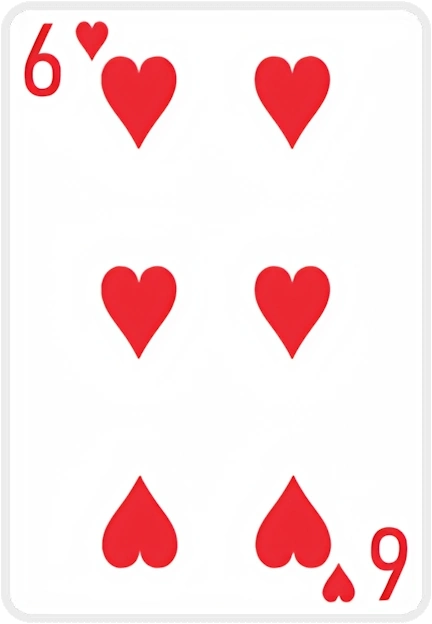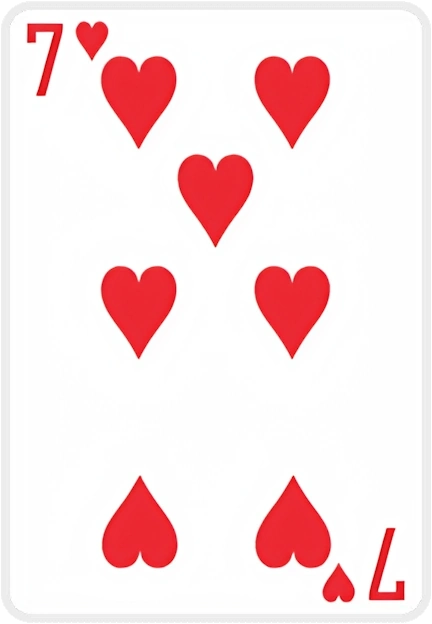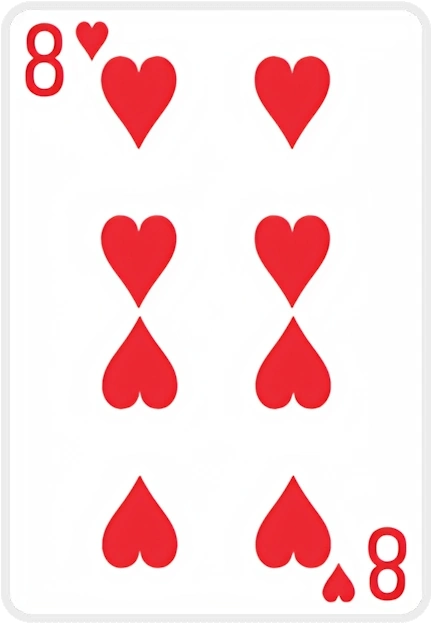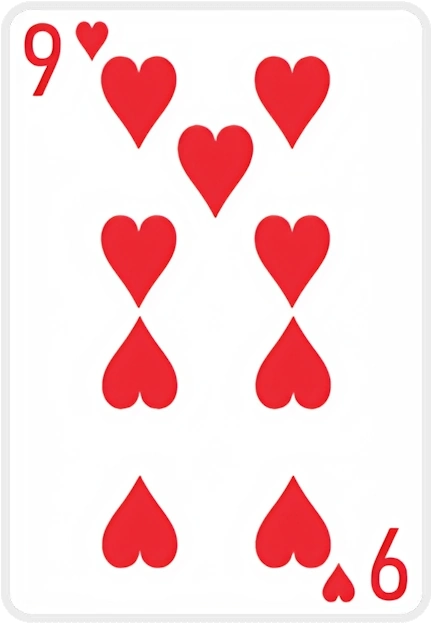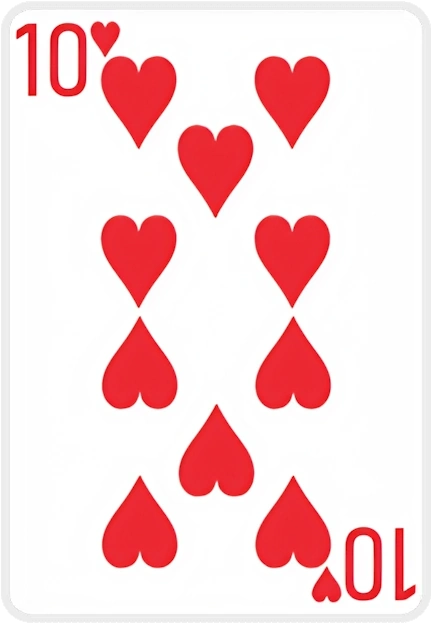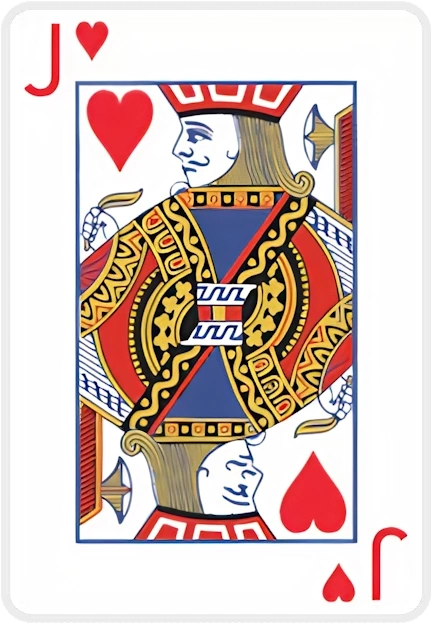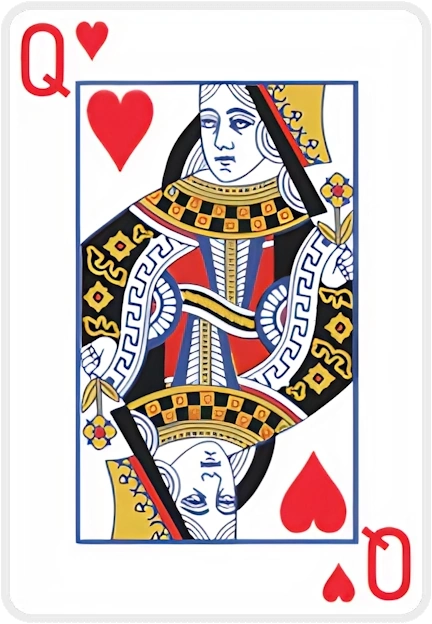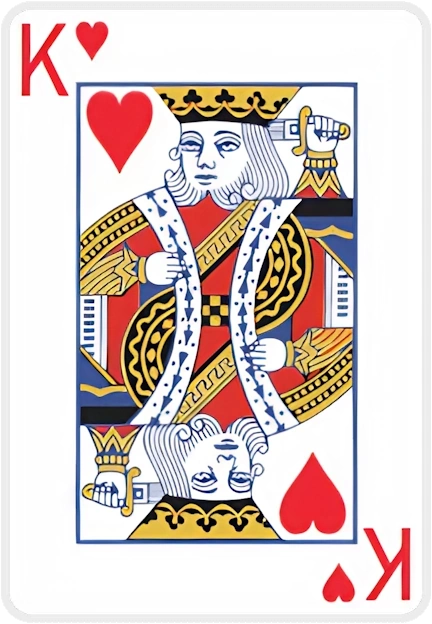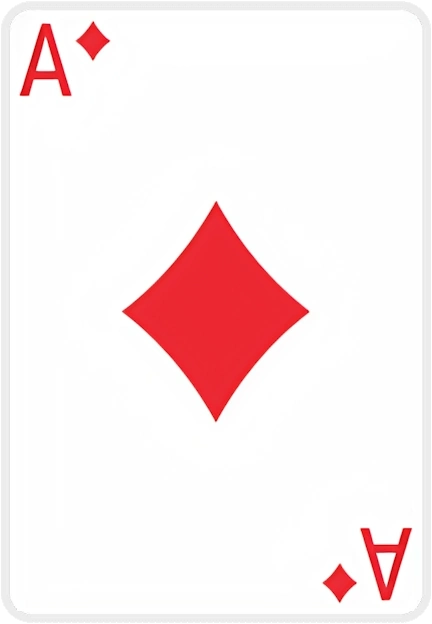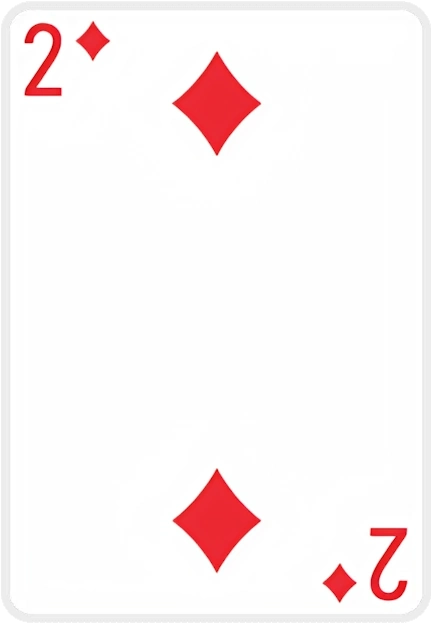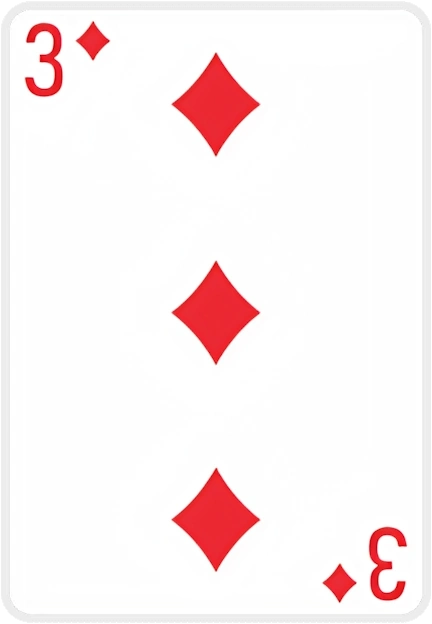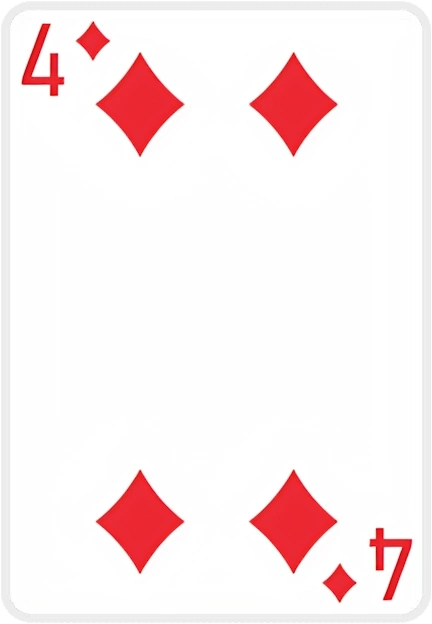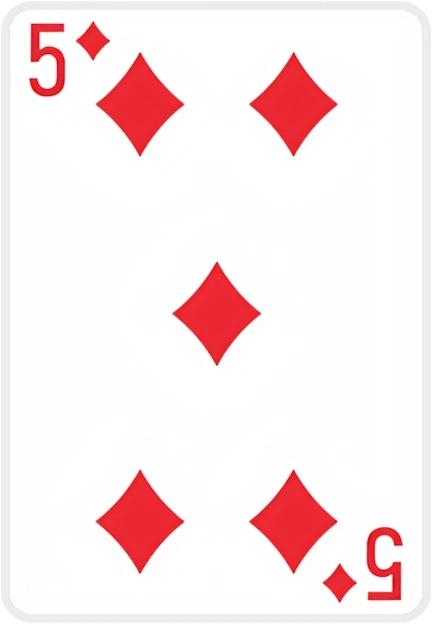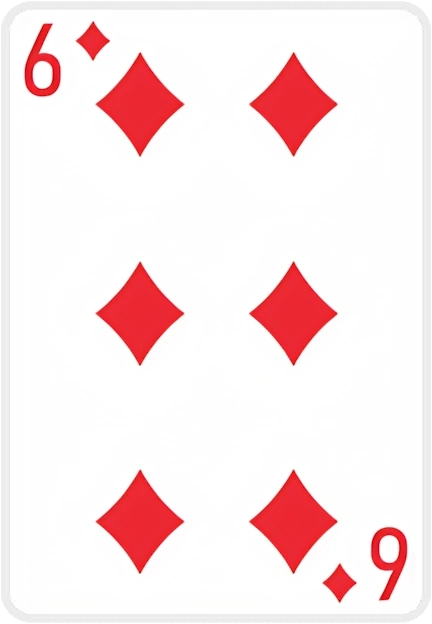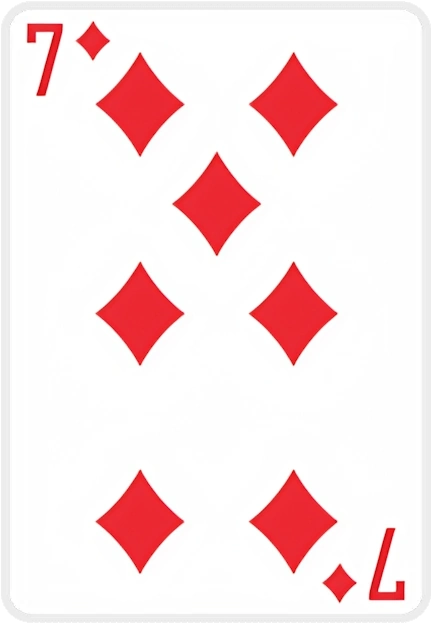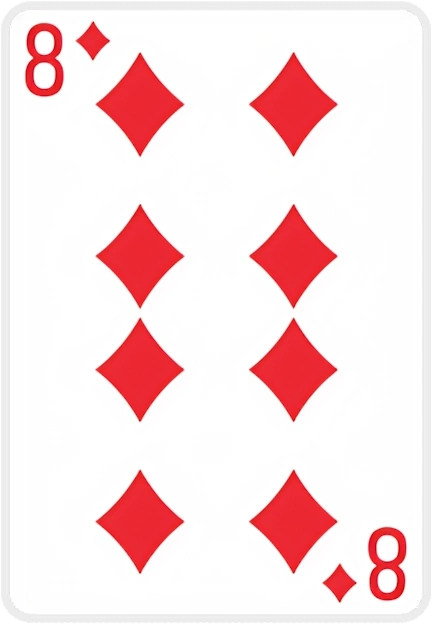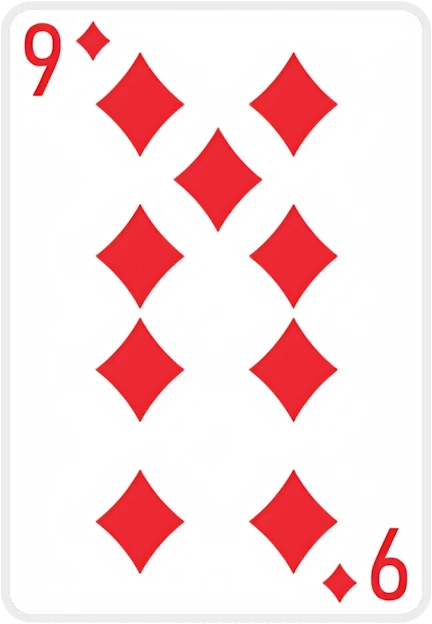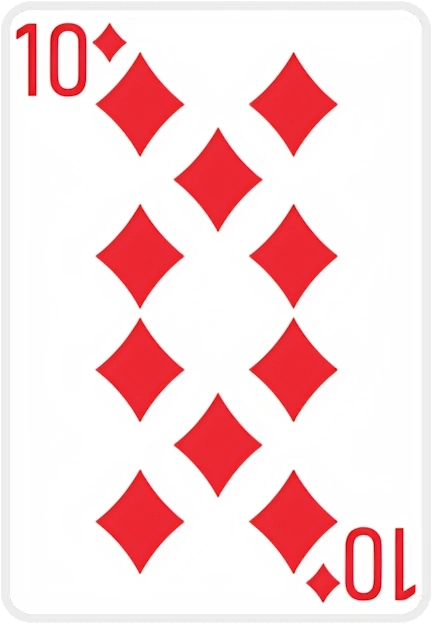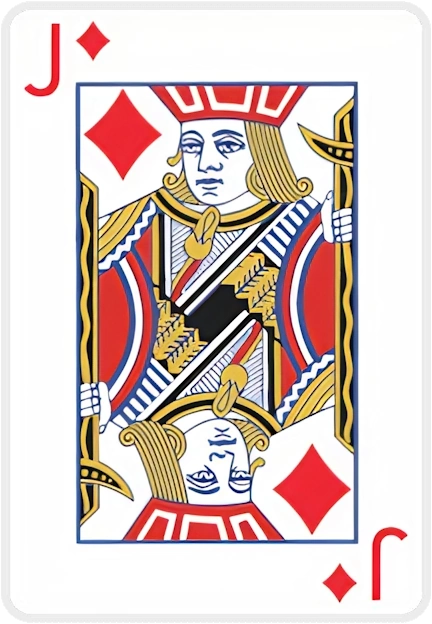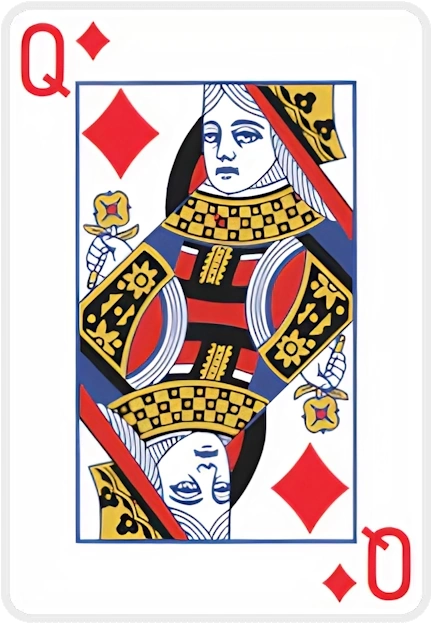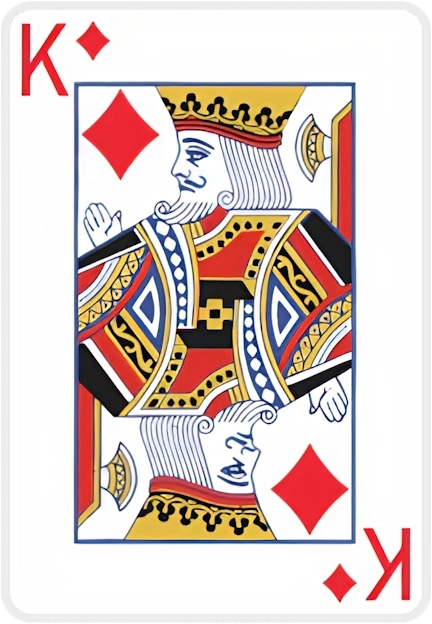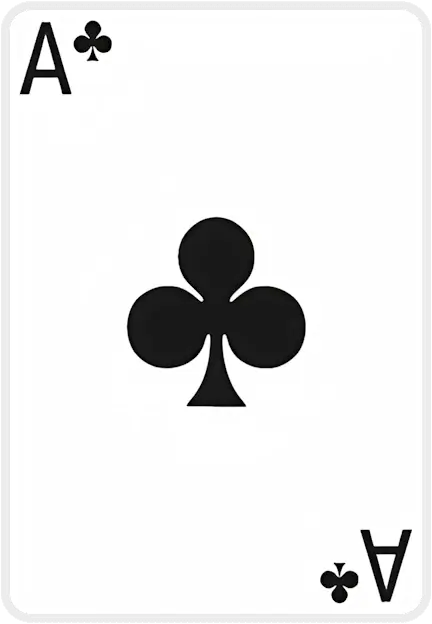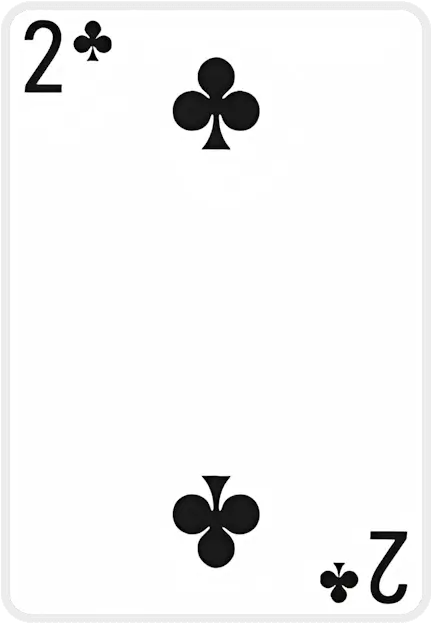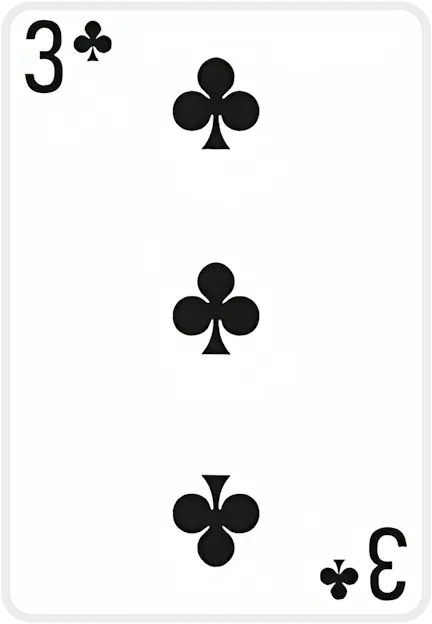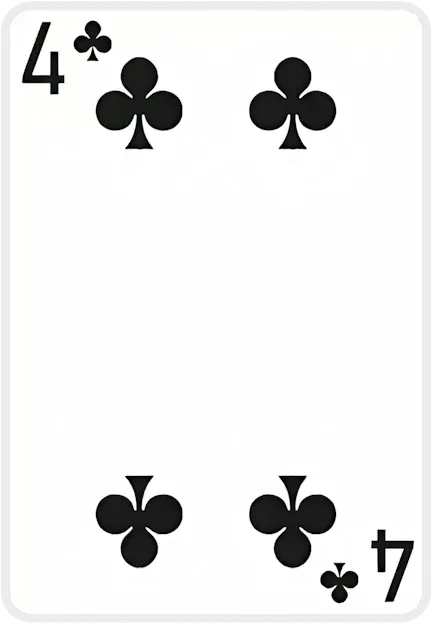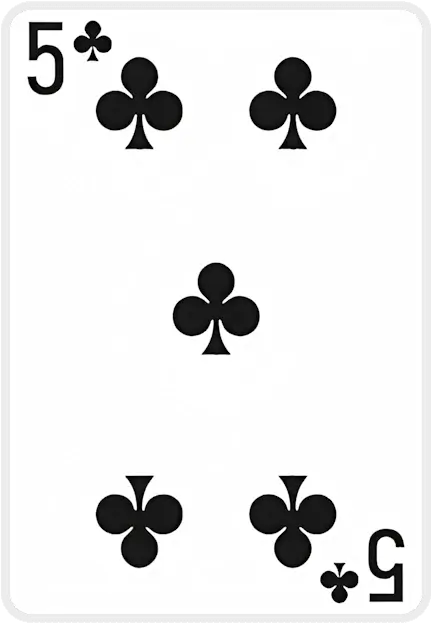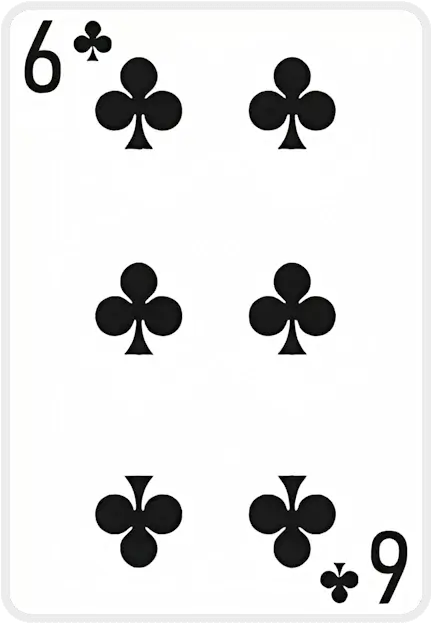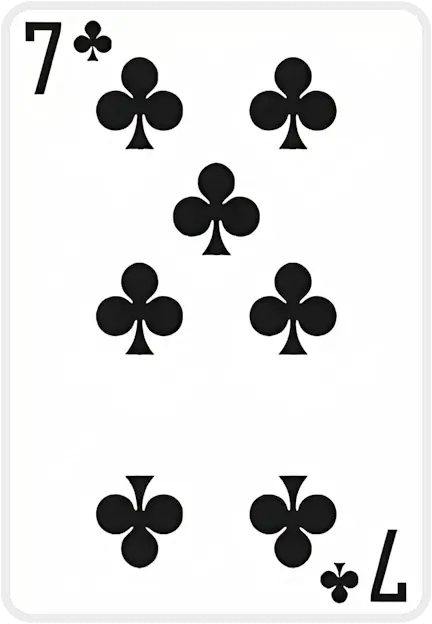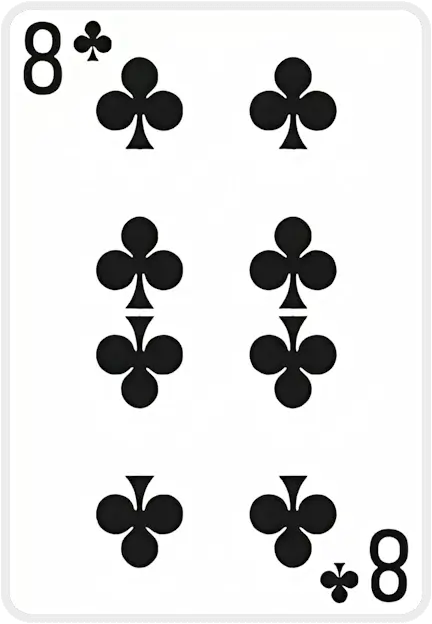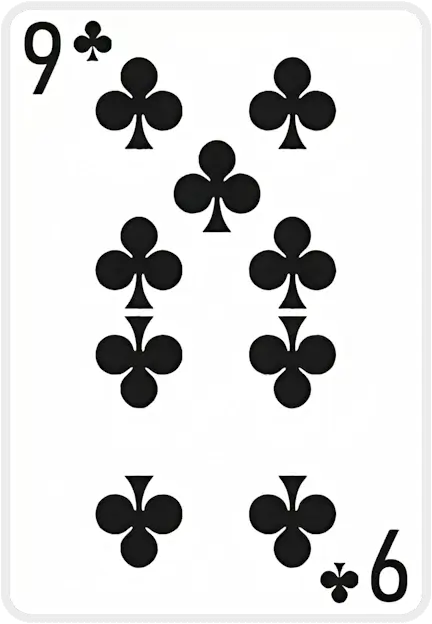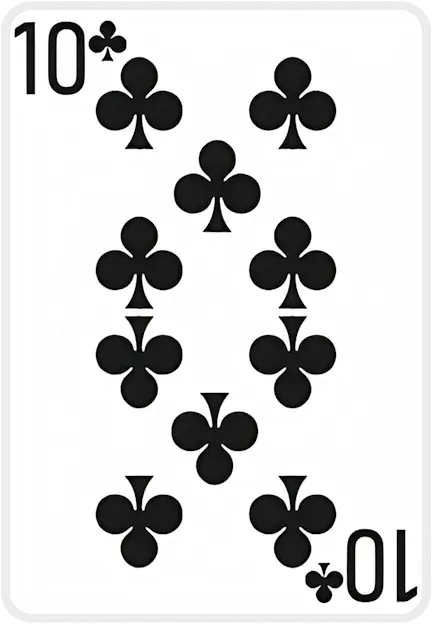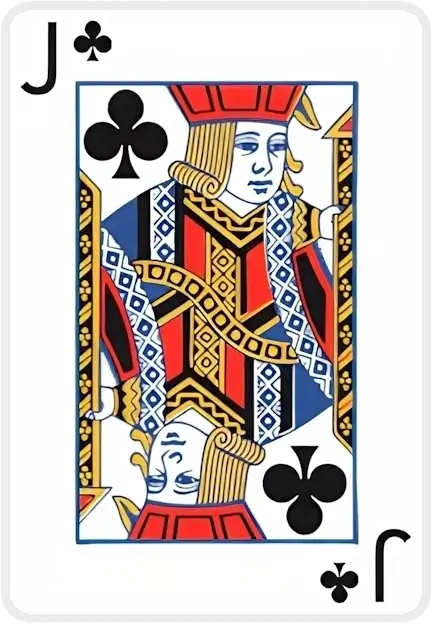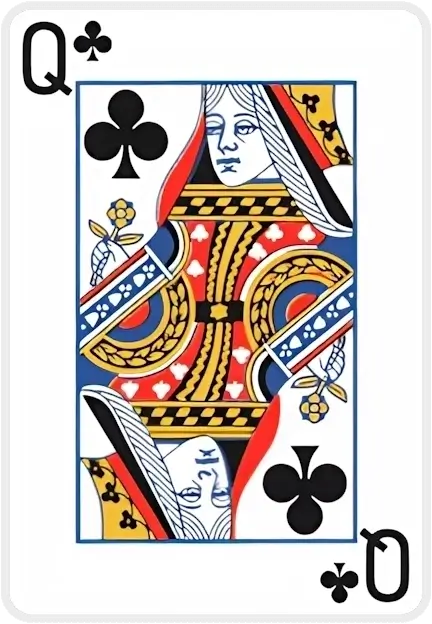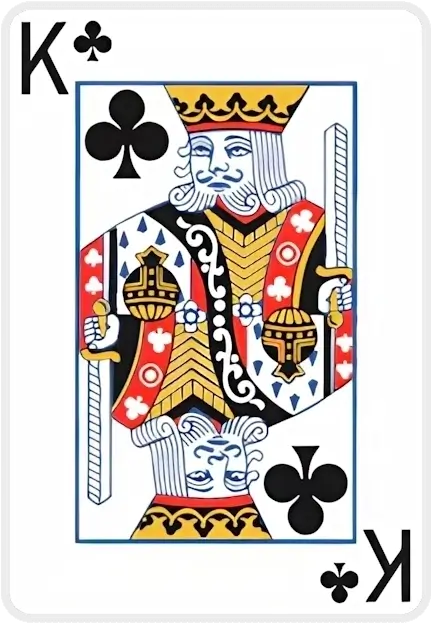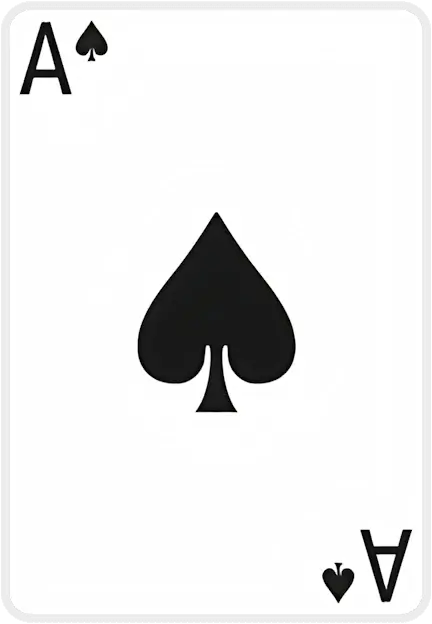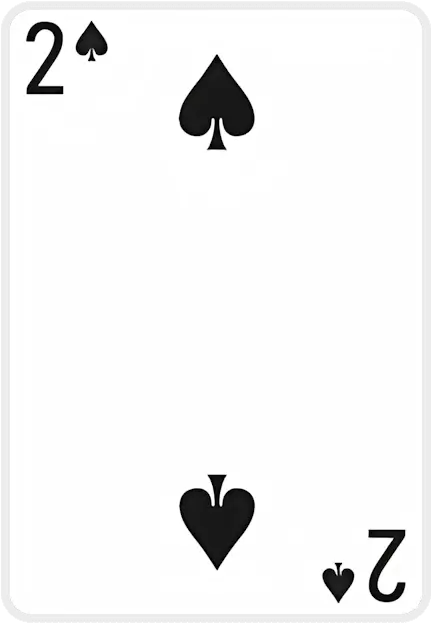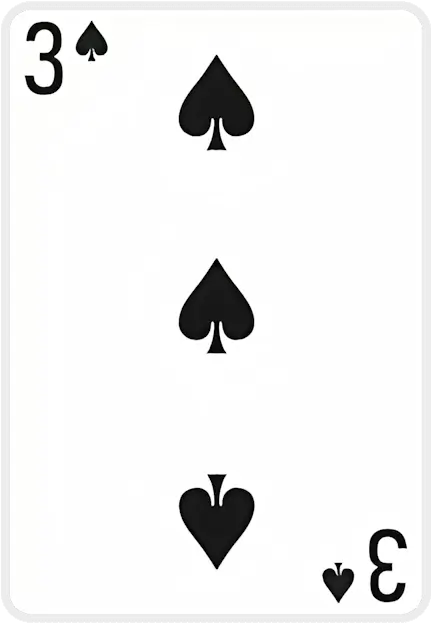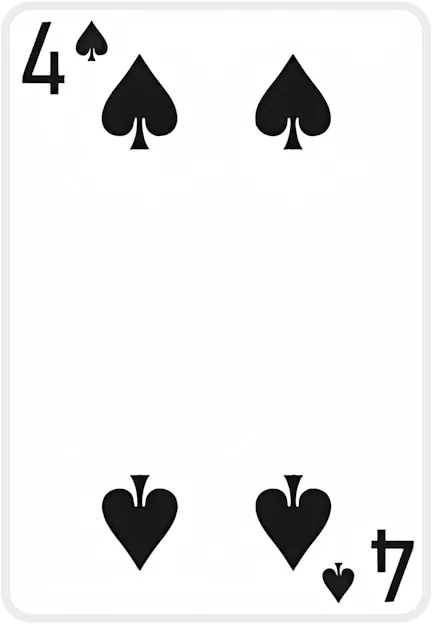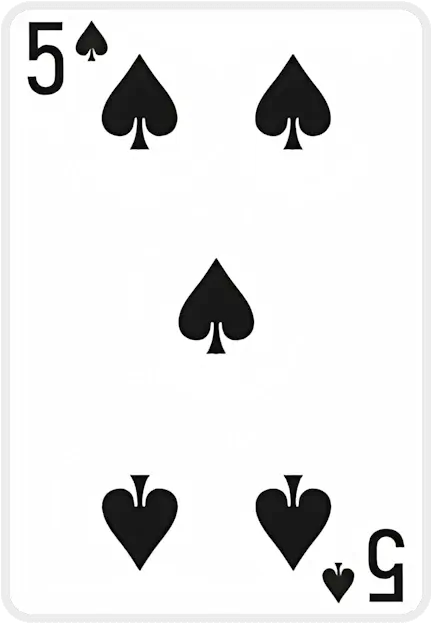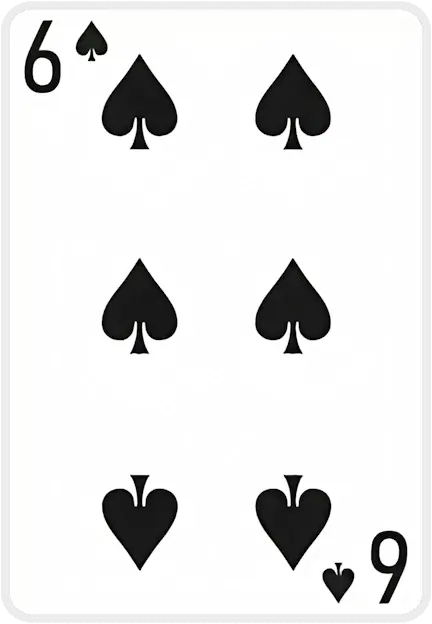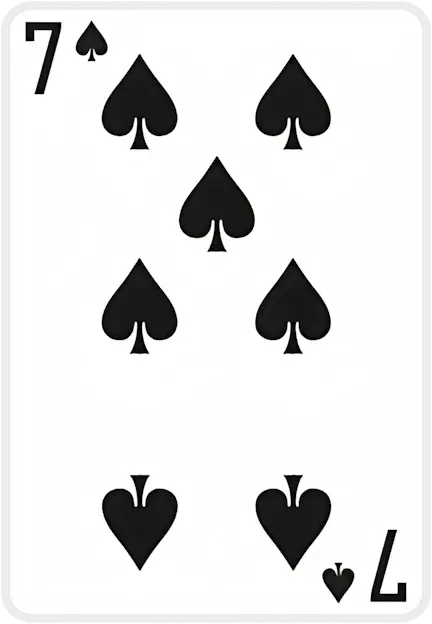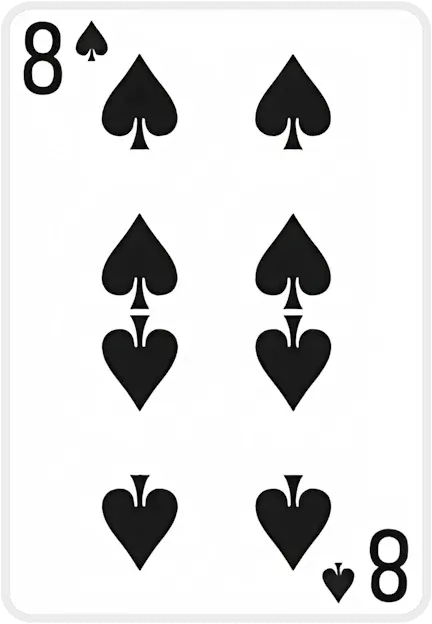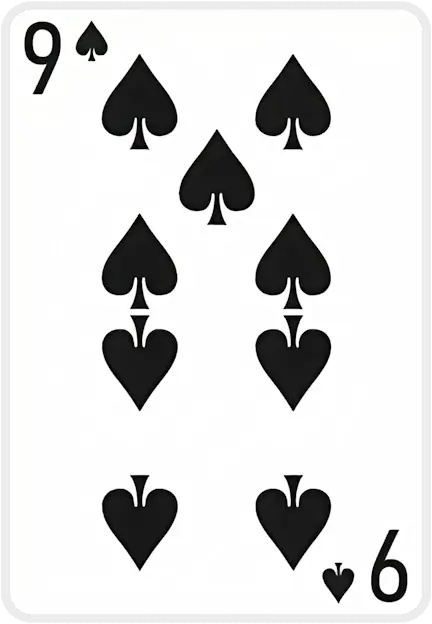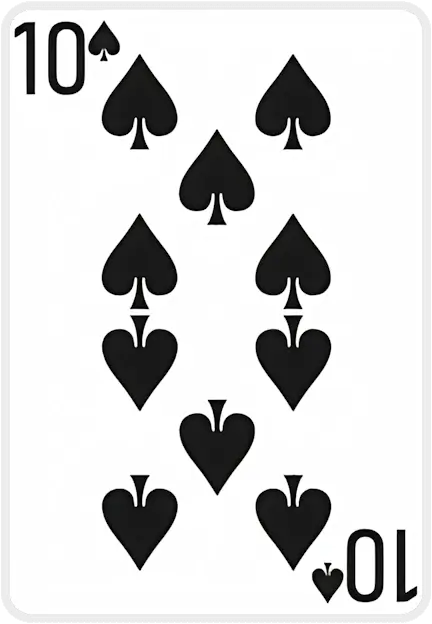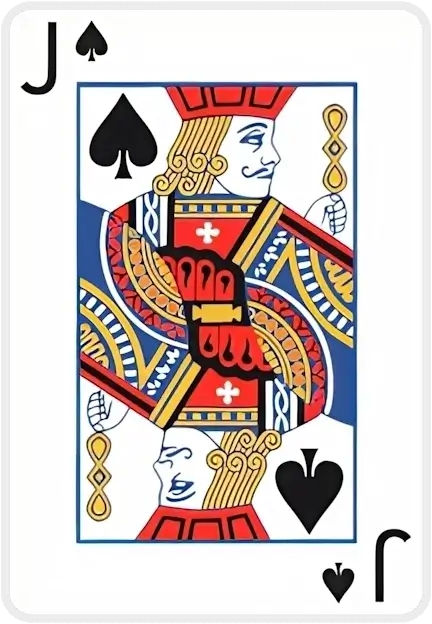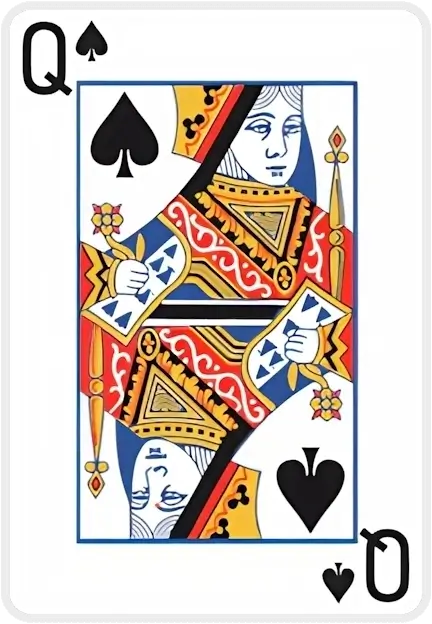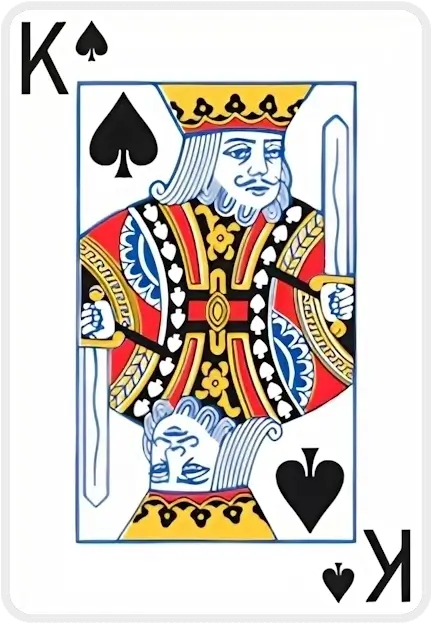Cannot drop, your card needs to be of an opposite suit colour
Cannot drop, your card needs to be one rank lower
Cannot move multiple cards to foundation
Card suit doesn't match foundation pile suit
Card can only be dropped on top of a card pile
Cannot deal cards when there are empty tableau piles
You can only move {0} card(s) at a time based on the current free cells and tableau
The cards don't add up to 13 and cannot be moved
The card is inaccessible and move cannot be performed
Cards must be in sequential order (one higher or lower)
Clock Solitaire

⏰ Clock Solitaire – Time to Play a Classic Card Game!
⏰🃏 Clock Solitaire (also known as Clock Patience) is a casual yet surprisingly suspenseful single-player card game that literally goes around the clock! 😄 In this classic game, the cards are laid out like the face of a clock, and your goal is to beat the clock by revealing all the cards before time runs out (i.e. before the last King appears). It’s completely luck-based – winning doesn’t depend on skill at all – which adds to the fun and anticipation. Best of all, you can play Clock Solitaire right here on this page (yes, at SolitaireX’s clock solitaire site) instantly in your browser, no downloads needed. 🎉
Don’t be fooled by its simple setup: Clock Solitaire is notoriously challenging to win (only about 1 in 13 games is a win on average!). But that’s what makes it addictive – each deal is a new chance for a lucky break. 😊 Ready to give it a try? Below we’ll explain how to play, and even share a bit of history about this timeless (pun intended) card game.
🎮 How to Play Clock Solitaire
For a game all about luck, the setup is straightforward. Here’s how to set up and play Clock Solitaire:
- Deal the cards: Shuffle a standard 52-card deck (no Jokers) and deal the cards into 13 piles of four cards each, face-down. Arrange 12 piles in a circle like a clock (at positions 1 through 12 o’clock), and place the 13th pile in the center (this is the “King pile” representing the clock’s hands).
-
Start at the center: Flip over the top card of the center pile to begin. Each card’s rank tells you where to go next:
- Ace ⇒ 1 o’clock (pile 1)
- 2 ⇒ 2 o’clock (pile 2)
- … and so on up to …
- Queen ⇒ 12 o’clock (pile 12)
- King ⇒ center pile (13th pile) Move the revealed card face-up to the bottom of its corresponding pile.
- Follow the cards: Now flip the top card of the pile you just placed the last card into, and continue the same process. Keep turning over the top card of each indicated pile and moving cards to their matching positions. The game flows automatically like this, almost as if the cards are “telling time”! ♣️ You don’t have any choices to make – just follow what each new card reveals.
- Winning the game: You win if you manage to reveal all 52 cards, completing all thirteen four-of-a-kind piles around the clock. In a winning game, the very last card turned up will be the fourth King, meaning you’ve successfully “completed the clock” and every card is face-up.
- When time runs out (losing): The game is lost if the fourth King is turned up before you’ve exposed all the other cards. In other words, if you draw the 4th King and there are still any face-down cards left in other piles, time’s up – you didn’t beat the clock! ⏳ Don’t worry if that happens; just shuffle and deal a new round. (Remember, this game is pure luck, so losing streaks are normal. 😉 Simply try again and hope for a luckier sequence of cards next time!)
Fun Tip: There’s a popular variation called Watch Solitaire that gives you a second chance – if the fourth King appears too early, you replace it with a face-down card and continue playing until that King shows up again. This variant has a higher chance of winning, but the standard Clock Solitaire described above is the classic (and toughest) version!
📜 Brief History of Clock Solitaire
Clock Solitaire doesn’t have a crystal-clear origin story (many old card games don’t 😅). We do know that solitaire (patience) games in general have been around since at least the late 18th century. The specific “Clock” variant likely emerged by the early 20th century – the term “Clock Solitaire” appears in print as early as 1919, and “Clock Patience” was mentioned by the 1930s. So this game has been entertaining players for around a century (if not longer)!
Over the years, Clock Solitaire picked up a few fun nicknames in various books and households. You might hear it called “Travellers” or “Four of a Kind” or even “Hidden Cards” in some old references. (It was even once referred to as “Clocktime” or “Sundial” in certain guides!). No matter the name, the premise remains the same and the appeal is timeless. This purely chance-based game has stood the test of time because it’s easy to learn, yet the suspense of chasing that last King never gets old. Every round is a little drama of fate – will you beat the clock or will the clock beat you? 🔔😃
Good luck and have fun playing Clock Solitaire! And when you’re ready for a new challenge, feel free to explore all our games on SolitaireX to discover more classic and modern card games. Happy gaming! 🎉
Case Studies
All figures below come directly from our database. Using first-party data ensures every insight is evidence-based, up-to-date, and privacy-respectful.
| Game Tier | Stand-out Titles | Win Rate |
|---|---|---|
| Quick Wins | Spider (1 Suit), Hole-in-One, TriPeaks | 70–84% |
| Fair Challenges | Solitaire (Draw 1) – 913 k plays FreeCell, Golf |
45–63% |
| Expert-Level | Spider (4 Suits), Forty Thieves, Double Scorpion | ≤11% |
Curious which moves turn the odds in your favor? Explore all the data & strategies →
What people say about us
Interview with Beverley Walker-Daury
At 87, Beverley Walker-Daury shares how SolitaireX brings joy, companionship, and purpose to her days in a retirement home.
Player Interview: Poul Andersen
Poul Andersen shares how playing SolitaireX helps him keep his brain sharp and active.
Player Interview: Peter Gross
Peter Gross, 81, shares how SolitaireX became his go-to place for relaxing Freecell games and friendly competition.
Player Spotlight: St0Sh0’s Record-Breaking Runs on SolitaireX
We sit down with speed-solitaire sensation St0Sh0 to talk record times, favorite variants, and why SolitaireX is his go-to card-game hub.
Fresh from the SolitaireX Blog

Decks & Destinations: The Solitaire Traveler Series Part 5: Berlin — Strategy & Culture Walks
Berlin’s rhythm of reflection and structure pairs perfectly with Solitaire’s calm logic. This guide invites travelers to explore the city’s culture and canals with a few mindful moves between each stop.

Decks & Destinations: The Solitaire Traveler Series Part 4: Tokyo – Mindful Play in a Fast City
Tokyo’s fast pace hides countless moments of calm — perfect for a mindful round of Solitaire. This traveler’s guide pairs iconic spots with short, focused play sessions to restore clarity on the go.

Decks & Destinations: The Solitaire Traveler Series Part 3: Seattle — The PC-Era Vibe
Seattle’s rain-washed calm pairs perfectly with Solitaire’s quiet focus. This traveler’s guide shows how to blend sightseeing, coffee breaks, and short, finite puzzles into a mindful PC-era rhythm.

Decks & Destinations: The Solitaire Traveler Series Part 2: London – From “Patience” to Presence
London’s slower moments pair perfectly with Solitaire—once known locally as “Patience.” This traveler’s guide blends calm city rhythms with mindful card play to help you recharge between adventures.
Latest guides crafted by Stoyan Shopov and Kalin Nikolov
Golf Solitaire Mastery: Strategy, Stats & Flow
Deal 7 columns of 5 face‑up cards (35 total). The remaining 17 cards*form the stock; flip the first stock card to start the waste. You may move only exposed tableau cards, and only if the rank is exactly one higher or lower than the waste top. Suits don’t matter. When no move exists, flip a new waste card. Clear all tableau cards to win.
TriPeaks Solitaire Mastery: Strategy & Analytics
Two peaks are dust; one stubborn ridge remains. Your waste shows a 9. The tableau flashes 10‑J‑10‑9‑8 like a heartbeat. You nudge the 10, feel the cadence lock in, and—without overthinking—trace a neat descent that crumbles the last peak. That tiny spark of *flow* is why TriPeaks hooks serious players: rhythm, restraint, and the rush of a run that arrives exactly on time.
Pyramid Solitaire Mastery: Strategy, Stats & Joy
Picture the pyramid down to its last stubborn tier: a Queen pinned beneath a ridge, a lone Ace on the waste, and a King begging to be burned for tempo. Heartbeat, breath, click—then the whole structure yields in a rush. If you’ve hit that razor‑edge finale, you already know Pyramid’s secret: small decisions, made in the right order, change everything.
FreeCell Solitaire Mastery: Strategy & Analytics Guide
I have a 15 years personal, lived experience—picture a scene built from thousands of session logs and notes from serious players: It’s late, and the board looks jammed. You clear a single column, free one cell, and suddenly a 9♣‑8♦‑7♣‑6♦ chain glides into place, untying the knot you stared at for ten minutes. The rush isn’t luck—it’s the quiet pleasure of a plan snapping into focus. When did FreeCell last feel less like “killing time” and more like practicing a craft you can actually master?
Media About Us
0


